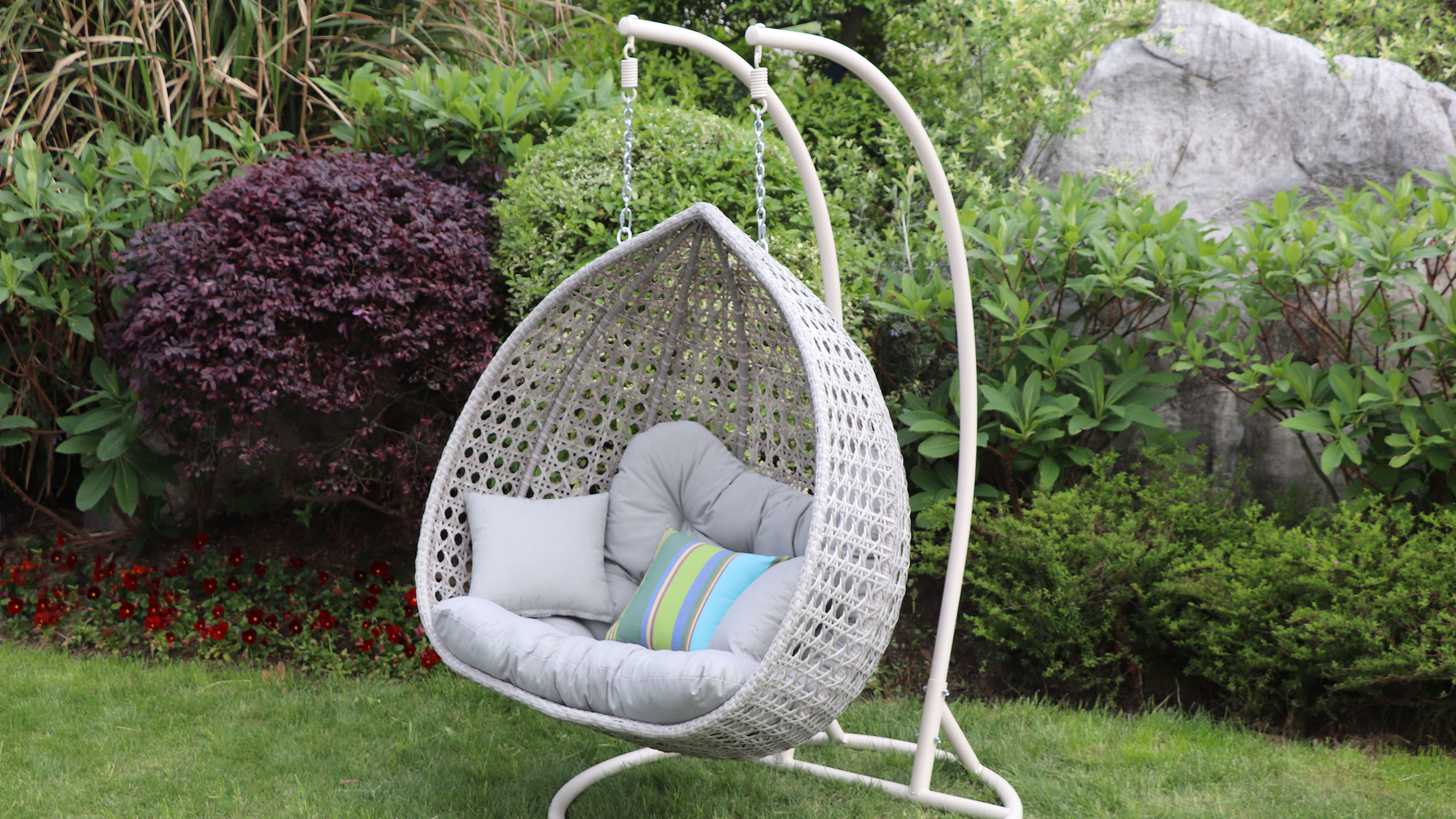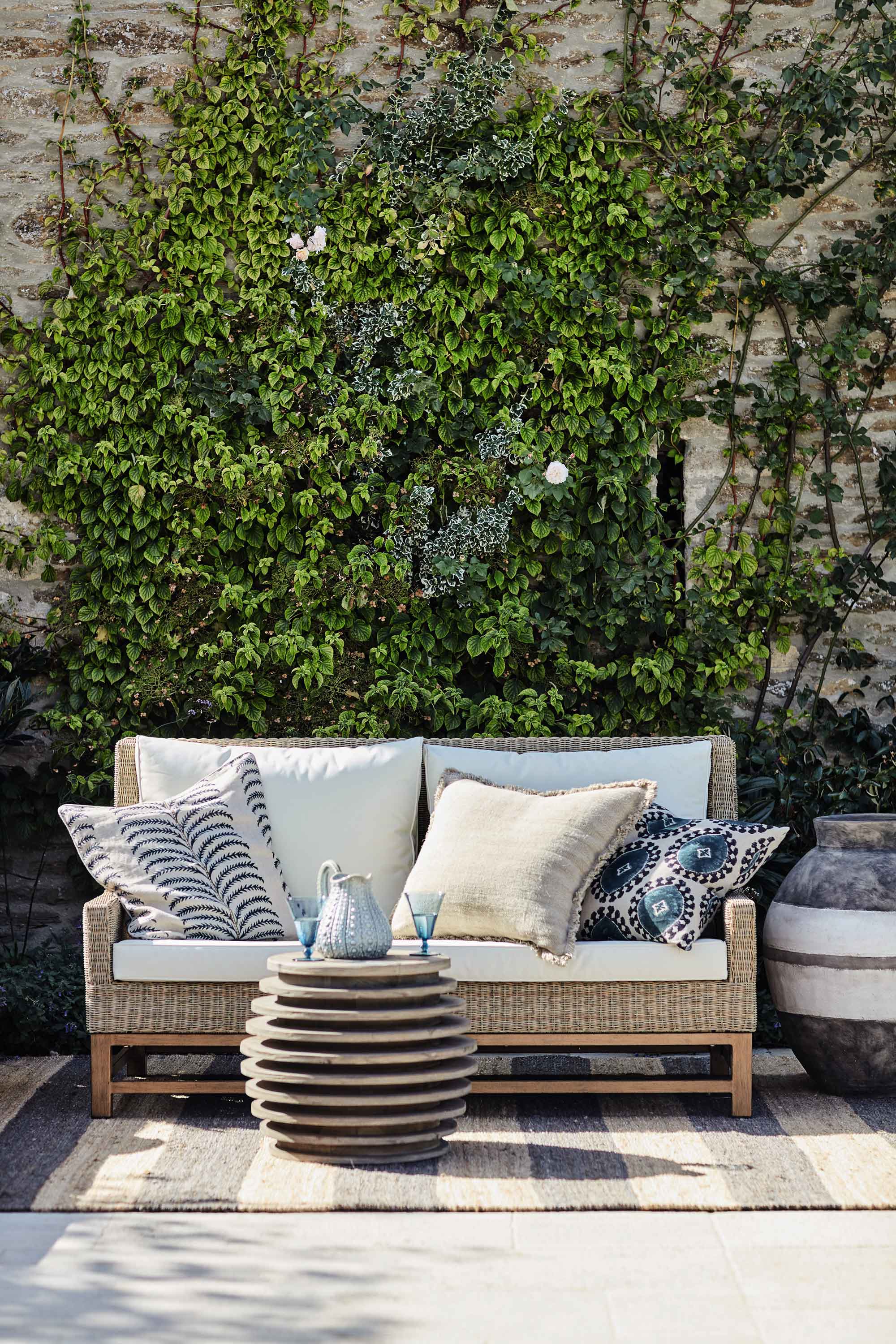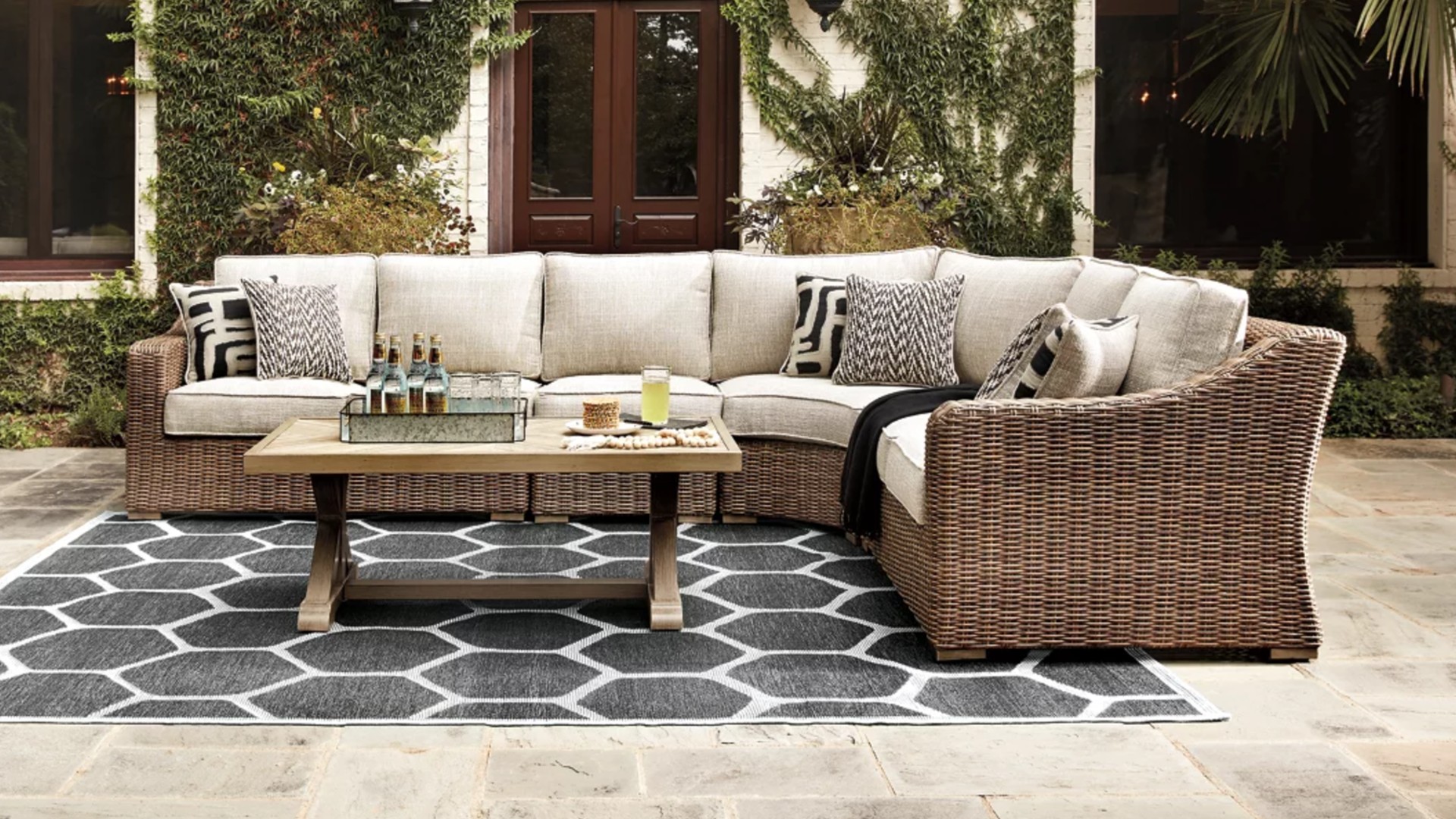Patio furniture expert says you must do this to protect rattan furniture from a heatwave
The steps to prevent damage and fading to your favorite patio pieces

If you are the proud owner of a rattan hanging chair, or a whole patio set with sumptuous cushions, what should you do protect your furniture when the next heatwave hits?
Rattan is one of most beautiful materials used in making the best garden furniture. Rattan sets typically come with beautifully upholstered cushions, too. What should you do to protect these patio pieces from extreme heat? A rattan furniture specialist gives his top tips.
Top tip for protecting rattan furniture from heat

The first thing you must do is identify whether your piece is made from natural or polyrattan. If you're buying a new piece, the manufacturer will be able to tell you what material their furniture is made from; synthetic rattan is also sometimes referred to as 'all-weather rattan'. This should withstand very hot temperatures without a problem.
If you have inherited an older piece, a telltale sign of natural rattan is a more matt finish to its synthetic counterpart. Polyrattan tends to have a slightly smoother surface with a tiny bit of sheen to it. Why does this matter? Ryan Schwarze, Head of Luxury Rattan explains that polyrattan is 'weatherproof and UV-resistant, meaning that your outdoor furniture won't be damaged if left outside in the sun.
'Nowadays most modern polyrattan furniture is also UV-resistant but if your set doesn't have this protection, I would recommend covering or storing your furniture in the shade if it will be left in the sun for prolonged periods of time.'
Of course, natural rattan will not have UV protection and should always be stored indoors during a heatwave to prevent fading and even cracking to your piece. The best rattan garden furniture comes in both the natural and the synthetic versions, and it's important to know the difference.

However, regardless of whether your outdoor seating ideas include natural or synthetic rattan, you must remove the padded cushions provided with them in the case of extreme heat. Ryan explains: 'We would suggest removing cushions from furnishings when they are not being used but will be out in the sun all day, for example, if you are away on holiday. The sun can bleach colors very easily on a hot day and to keep that new, vibrant look it’s best to store them inside when they aren’t in use.'
This especially applies to linen and cotton cushions – the finer the fabric, the more prone it will be to discoloration.
Anna writes about interior design and gardening. Her work has appeared in Homes & Gardens, Livingetc, and many other publications. She is an experienced outdoor and indoor gardener and has a passion for growing roses and Japanese maples in her outside space.
